The content of the article
Cracks on the heels - a phenomenon unpleasant and annoying. This defect brings a lot of inconvenience. If you do not follow the rules of hygiene, cracks grow, become bloodied and very painful, it becomes impossible to walk. When the heels crack, it is also an aesthetic problem, because you can’t wear open sandals anymore, you have to wear deaf shoes even in summer. But why is this happening? Why do some girls boast pink smooth heels at any time of the year, while others suffer from permanent cracks?
Why are heels cracking
There are many reasons for this, both internal and external. Consider the main ones.
- Cracks heels in the first place indicate the lack of fluid in the body. This means that the skin needs extra hydration.To make the skin elastic, so that it does not “tear”, you need to nourish your heels daily with water-holding cosmetics.
- Another most common cause of cracking is considered to be incorrect or insufficient foot care. This suggests that the usual washing of the feet is not enough, especially in summer, when the heels are open and exposed to external negative factors. You need to regularly steam and moisturize the skin of the feet.
- Inconvenient shoes can also cause small and large cracks. Wear comfortable shoes that do not tighten the heel area or pinch it. Wearing uncomfortable shoes is fraught with not only the appearance of a mesh of cracks, but also a deterioration in the health of the spine and legs.
- Heel cracks are a consequence of fungal lesions of the legs. Sometimes you may not suspect that a fungus lives on your feet, since the nails remain whole and intact. However, excessive dryness, peeling and cracks - this is a reason to contact a dermatologist. To protect yourself from the fungus, you need to wear your own rubber slippers in public pools, showers and saunas. In the store, do not measure shoes on bare feet. And even more so, do not wear someone else's shoes.
- Sometimes heels crack in the offseason. This is due to the fact that in summer the skin is wet and stretched, and in winter, when cold weather sets in, the epidermis sharply tightens and cracks appear. During this period, you can not leave the legs without additional care.
- Wearing low-quality synthetic socks is also a good reason. Through the artificial fabric, the air does not reach the skin, it is dried and dried. It is best to choose socks made of natural fabric - linen, cotton.
Often, cracks in the heels can be evidence that a person is prone to skin diseases. Sometimes heel cracking is a symptom of diseases of the endocrine or digestive system.
How to care for cracked heels
If the heels are already cracked, you need to get rid of this and continue to prevent such situations. But how to cure the already cracked heels? How to return their youth and beauty?
- To begin with, I would like to note that the cracks on the heels should be treated immediately, as the slightest hints appeared. The sooner the treatment begins, the more effective it will be.
- First, pour hot water into the basin.The temperature should be comfortable for the feet - hot, but not burning. Pour a teaspoon of boric acid into the water. It soothes, disinfects and softens the skin.
- Stir your feet thoroughly in the prepared water. When the skin is soft and steamed, you can remove the dead layer of the epidermis with pumice. Remove the areas around the cracks with special care so as not to open the wounds.
- After this, do a light massage for the feet with a little olive oil. It will moisturize and soften the skin. And the blood flow that you provide with a massage will saturate the dried epidermis of the heels with oxygen and vitamins.
- If the cracks are deep and painful, they should be treated with an antiseptic ointment. For example, syntomycin, tetracycline or Vishnevsky ointment.
- Then generously grease the legs with a vaseline containing cream. You can grease with simple petroleum jelly or glycerin. Ointment all cracks.
- After that, large cracks can be sealed with a plaster. Wear cotton socks and leave overnight. Such procedures should be done every day until the cracks are overgrown.
Folk remedies to get rid of heels from cracks
There are many popular recipes that soften the skin, disinfect open wounds and prevent cracks on the heels. We chose the most effective.
Honey. This is one of the most effective means to fight inflammation. Honey and bee products heal painful wounds and perfectly soften the skin. You can do foot bath with a decoction of propolis. But the most effective use is to spread the cracks with natural fresh honey, cover it with waterproof paper (tracing paper) and wrap it up. To leave such a mask for the night, and in the morning the legs will not be recognized - they will look like children’s.
Starch. To tighten large cracks, you need to make starch lotions or baths. To do this, boil the potatoes, and do not drain the water. When it cools down a little, in this water you need to steam your legs. If you do not want to wait for the potatoes to boil, add a couple of tablespoons of ready-made starch to the warm water. Before the bath, wipe your feet with alcohol-containing solution. After the bath, treat the cracks with salicylic ointment. You can make for heels a compress of raw potatoes at night.
Onion. This is another excellent tool for combating cracks.Pre-skin need to steam and prepare. Then we remove one layer of “shirt” from the onion, remove the internal transparent film, and then slightly scrape the onion peel from the inside. She should give juice to better penetrate the wound. Then tightly tie the onion peel to the painful heel and leave overnight.
Milk apple. For this recipe, you need one apple and a glass of milk. Apple must be cleaned from the core and the skin, cut into small pieces. Pour an apple with a glass of milk and simmer for half an hour. Then the apple pulp needs to be pulled out and mashed to a state of mashed potatoes. The prepared tool should be applied on the heels in a warm form. Hold for about an hour, then rinse with warm water and lubricate the feet with baby cream.
Cabbage. This is an excellent treatment for wounds, stagnation and seals. Cabbage must first stretch the rolling pin on the board. Then attach large sheets to the heel and wrap. Leave overnight.
Sour cream. A tablespoon of melted butter should be mixed with the same amount of sour cream. The mixture should be rubbed into the heels, until a portion of the product is absorbed.Leave the mask for an hour, then rinse your feet and lubricate with cream.
Soap. Well heals cracks soap. The most suitable economic, 72%. It is necessary to rub cracks, and especially the edges. To leave soap for the night, and in the morning to rinse legs with warm water.
Aloe + egg. You need to choose an old plant that is more than three years old. Rip off a few leaves and put in the freezer for a few hours. Then defrost and chop the leaves of aloe, mix with chicken egg white. Apply the mask on the heels and hold for about an hour. Then remove the large pieces of the mask, but do not rinse the heels. In the morning, wash off the remnants of the prepared product and grease it with plenty of greasy cream.
Healing trays from cracks
To heal the heels of cracks, you can not only make compresses and masks. Very effective and therapeutic baths. Consider a few recipes.
- Calendula decoction. Prepare a rich decoction of this herb. Per liter of water you need to take at least two tablespoons of crushed plants. The grass can be both dry and green. Calendula has a strong antiseptic properties.
- Chamomile. Prepare from the chamomile inflorescences a strong broth.Chamomile soothes the skin, softens it and relieves irritation.
- Nettle. This plant will not only get rid of cracks, but also eliminate rubbing and natoptysh. Nettle softens corns and evens out skin texture.
Preventing cracked heels
Cracks on the heels give a lot of inconvenience, because they hurt when walking, do not heal and open up with awkward movement. If your heels are prone to cracking, you need to protect yourself in advance.
In order for the skin to be smooth, supple and elastic when stretching, it should contain a sufficient amount of vitamin A. Therefore, you need to eat more dairy products, eggs, tomatoes, cheese, liver and greens.
It is crucial to care for your feet and legs. Regular moisturizing, softening and restorative procedures will save you from any cracks. Permanently clean the heels of pumice stone from the remains of hardened skin. You should not use a razor, because, firstly, it removes too much skin and the heel remains unprotected. And secondly, cuts on the heel heal slowly and painfully, besides you can put an infection in the wound.
As a prevention of cracks on the heels, hot baths with the addition of soap and soda can be made several times a week. You can also add broths of herbs and vegetables to the water.
Do not forget about pharmaceutical ointments and cosmetics against cracks and to moisturize the feet. For example, the crack perfectly heals the Boro-Plus ointment, which is also absolutely harmless. After sunbathing in the sun or swimming in sea water, do not forget to moisturize the skin of the heels to avoid cracks.
Regular care for your feet will help you shine and wear open sandals with a bare heel. Be not just beautiful, be perfect from top to the heels!
Video: how to get rid of cracked heels

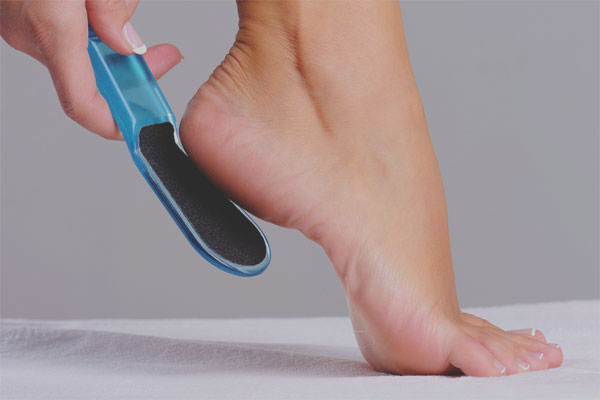
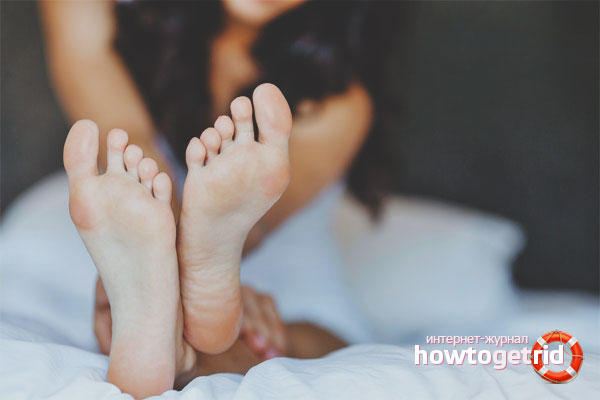
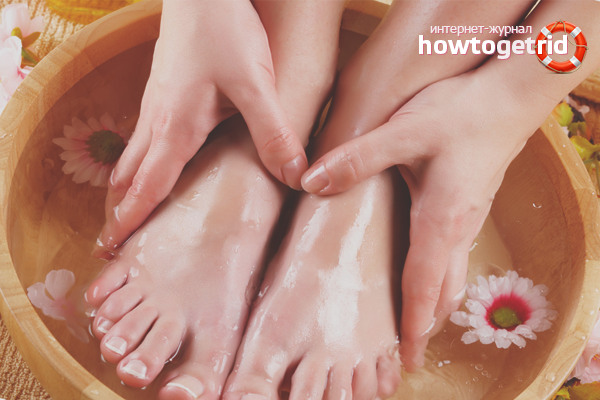

 4 votes, on average: 4,75 out of 5
4 votes, on average: 4,75 out of 5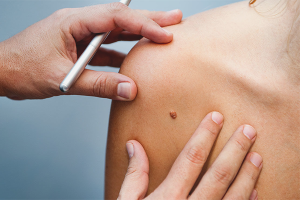

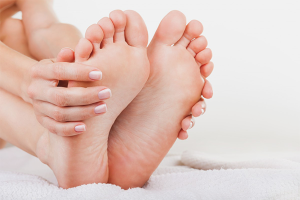
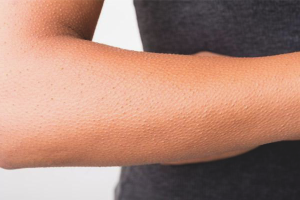
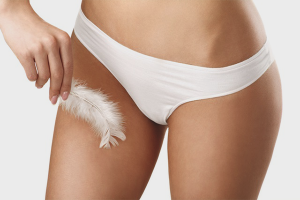



To send
I smear my feet with petroleum jelly, it helps a little, but it does not heal cracks, it only softens a little.
Folk remedies are not for me ... I am more inclined to chemist's drugs like hilfix, so this is really excellent - it forms a film and helps in recovery.